ECG Academy: Advanced Level Video Lecture Course-Videos
Easy to understand, entertaining, high-definition video tutorials SHOW you what you need to know to read an ECG. Then learn how to approach complex unknown tracings with “how-to” ChalkTalk videos to gain confidence.
 60+ Hours and Growing
60+ Hours and Growing- 280+ ChalkTalks
- Advanced Topics
(Levels 1+2+3) - Medical Residents, Cardiology/EP Fellows, Practicing MDs
- Weekly ChalkTalks
Lesson videos build a foundation of knowledge from the bottom up, and important concepts are repeated to make sure you get it! We will show you how to diagnose basic and complex arrhythmias you may find on a rhythm strip. If your goal is to read 12-lead ECGs, our physiologic approach will explain WHY the ECG looks the way it does, which helps you to remember what to look for.
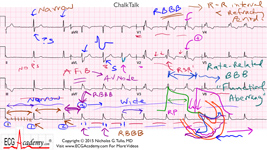
One unique part of ECG Academy are the weekly ChalkTalks, which are 5-minute video tutorials based on a real rhythm strip or 12-lead ECG. These practical “how-to” lessons help you gain confidence in applying your knowledge to an unknown tracing. If you already know the basics, ChalkTalks help you improve your skills. You will learn how to read complex ECGs that don’t look like the ones in the textbook!
SYLLABUS:
BASICS OF ELECTROPHYSIOLOGIC TESTING
- Introduction to Electrophysiologic Testing
- EP Electrograms
- His Bundle Recordings
- Atrial/Ventricular Pacing and PES
- Refractory Periods
MECHANISMS OF ARRHYTHMIAS
- Disorders of impulse generation
- Disorders of impulse conduction
- Reentry
- Abnormal automaticity
- Triggered activity
ADVANCED SINUS NODE CONCEPTS
- Sinus Node Physiology
- Sinus Node Dysfunction
- Tachy-Brady Syndrome
- SA Exit Block
- EP Testing: Sinus CL and SNRT
- EP Testing: SACT and Intrinsic Heart Rate
ADVANCED AV NODE CONCEPTS
- AV Node Physiology
- First Degree AV Block
- Second Degree AV Block
- Third Degree AV Block
- EP Testing: His Bundle Electrograms
- EP Testing: “Level of the Block”
- Evaluating “Trifascicular Block”
- Advanced Concepts in AV Node Anatomy
ATRIAL ARRHYTHMIAS
- Distinguishing different types of atrial flutter
- “Common” vs. “Uncommon” Atrial Flutter
- “Atypical” Atrial Flutter
- Atrial Fibrillation Revisited
- Automatic versus reentry atrial tachycardia
- “Triggered” atrial arrhythmias
PAROXYSMAL SUPRAVENTRICULAR TACHYCARDIA
- Introduction to PSVT
- AV Nodal Reentry
- New Concepts in AVNRT
- P-wave Timing and AVNRT
- EP Testing and Ablation
PRE-EXCITATION (WPW Syndrome)
- Physiologic basis for pre-excitation
- Location of accessory pathways
- Relating 12-lead ECGs to pre-excitation
- Orthodromic AV Reentry Tachycardia
- Antidromic AV Reentry Tachycardia
- Atrial Fibrillation and WPW
WIDE QRS TACHYCARDIAS
- VT Versus SVT with Aberrancy
- AV dissociation and “Capture Beats”
- Analyzing QRS Morphology
- Causes of Aberrancy
ADVANCED CONCEPTS IN VENTRICULAR ARRHYTHMIAS
- Distinguishing automatic versus reentry
- Identification of VT site of origin
- Exercise-Induced VT
- Brugada Syndrome
IDIOPATHIC VENTRICULAR TACHYCARDIA SYNDROMES
- “Idiopathic” ventricular arrhythmias
- VT arising from right ventricular outflow tract
- Arrhythmogenic RV Dysplasia/Cardiomyopathy
- Idiopathic left ventricular (Belhassen’s) tachycardia
LONG QT SYNDROME
- Electrophysiologic events of the cardiac cycle
- Genetic basis for Long QT Syndrome
- Types of Congenital Long QT Syndrome
- Torsades de pointes
- Drug-induced long QT syndrome
INTRODUCTION TO PACEMAKERS
- Types of pacemakers
- Single Chamber Timing Cycles
- Dual Chamber Timing Cycles
- Pacemaker Troubleshooting
- Examples of Normal and Abnormal Pacer Function
Only logged in customers who have purchased this product may leave a review.
Related Products
VIDEO MEDICAL
VIDEO MEDICAL
VIDEO MEDICAL
VIDEO MEDICAL
VIDEO MEDICAL
VIDEO MEDICAL
VIDEO MEDICAL
VIDEO MEDICAL
VIDEO MEDICAL
VIDEO MEDICAL
VIDEO MEDICAL
VIDEO MEDICAL
VIDEO MEDICAL
VIDEO MEDICAL
VIDEO MEDICAL
VIDEO MEDICAL
VIDEO MEDICAL
VIDEO MEDICAL
VIDEO MEDICAL
VIDEO MEDICAL
VIDEO MEDICAL
VIDEO MEDICAL
VIDEO MEDICAL
VIDEO MEDICAL

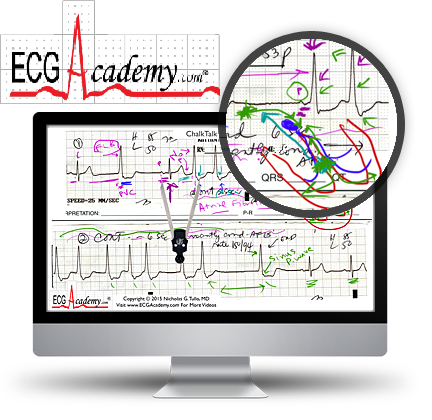




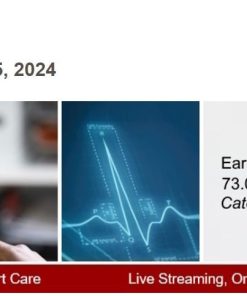

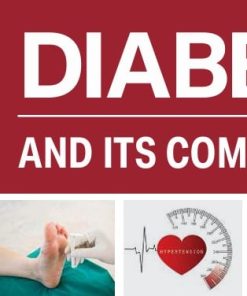
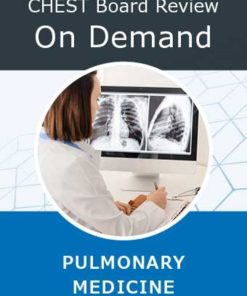
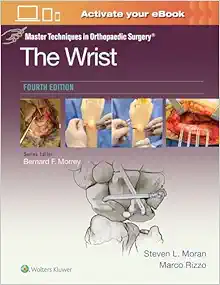


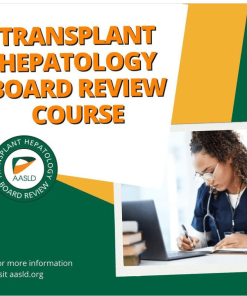
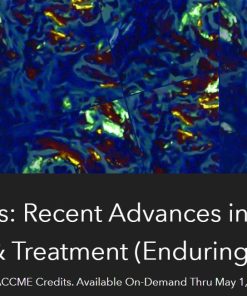

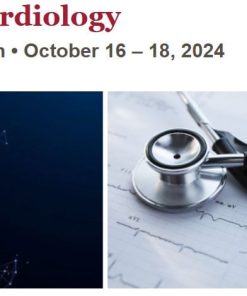

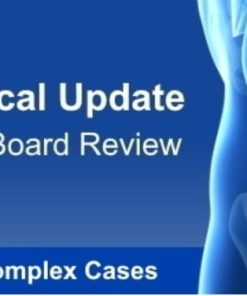
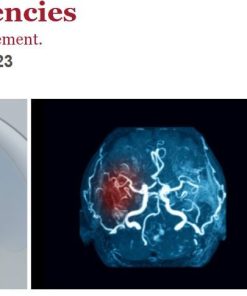
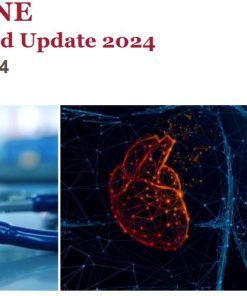






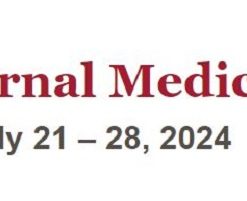
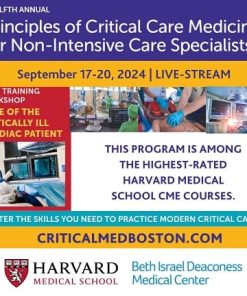







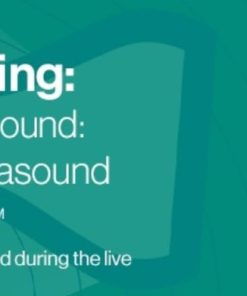
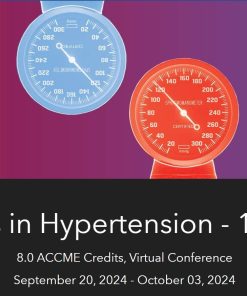

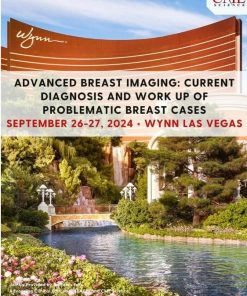






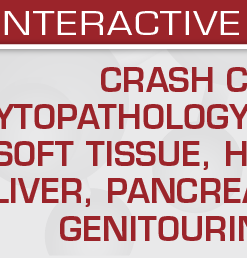
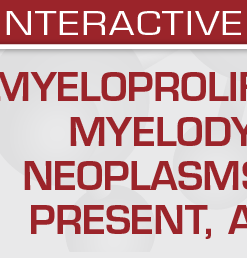






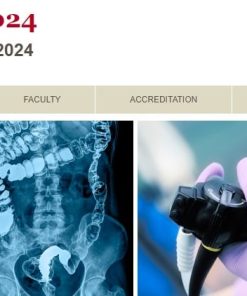




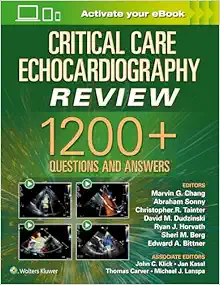

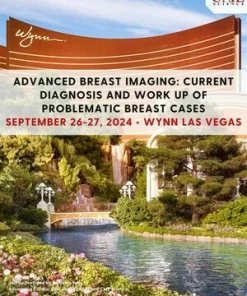



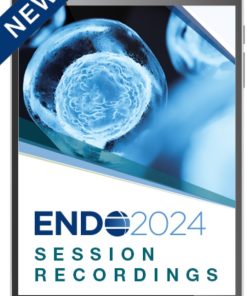



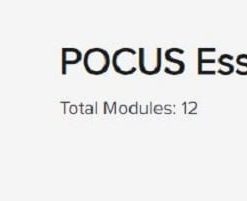






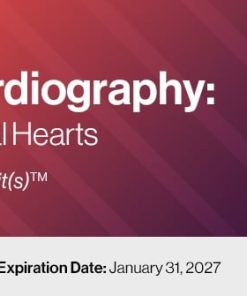


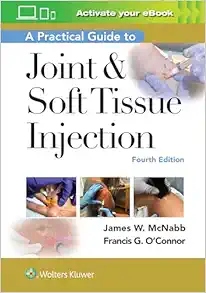
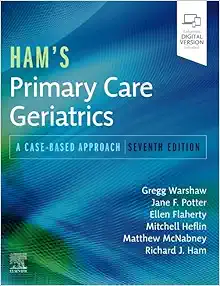
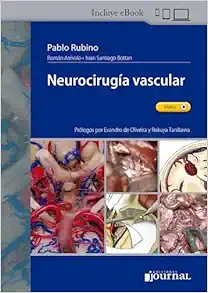
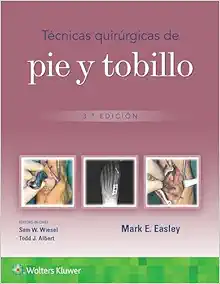





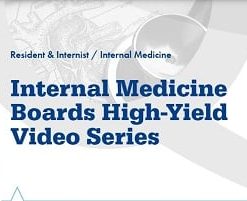








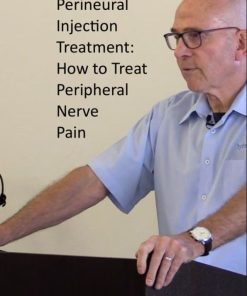
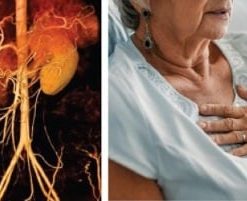



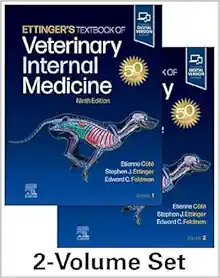
Reviews
There are no reviews yet.